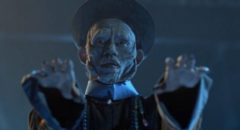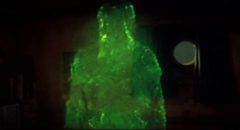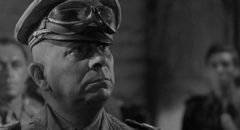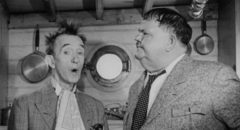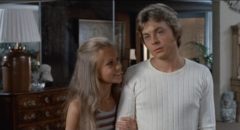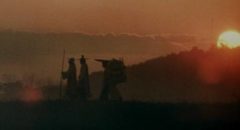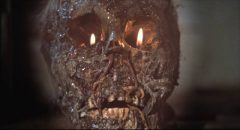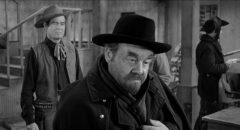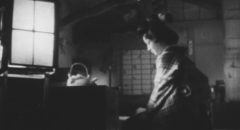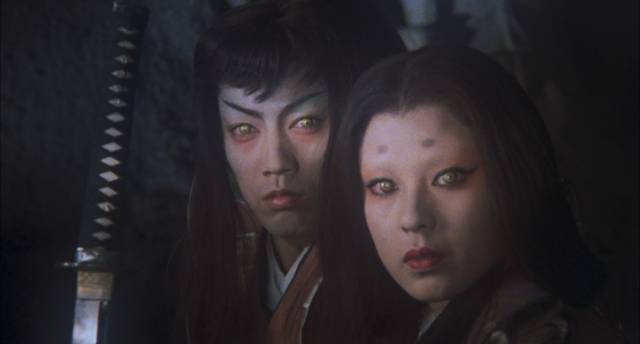
Eureka, and their specialty label Masters of Cinema, continue to release a range of Asian films, from pulp action to classical tragedy. Among recent releases are a two-disk set of four sequels to Rickay Lau’s Mr. Vampire (1985), Cynthia Rothrock’s first lead role in Mang Hoi & Corey Yuen’s Lady Reporter (1989), and a pair of very different samurai epics: Tadashi Imai’s bleak dissection of the Bushido code in Revenge (1964) and Kenji Fukasaku’s mix of history and supernatural horror in Samurai Reincarnation (1981).
